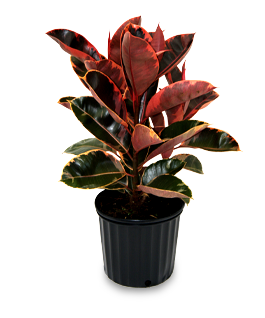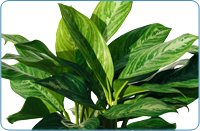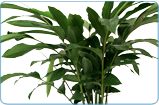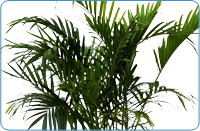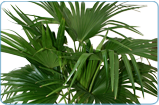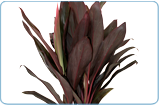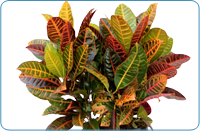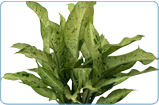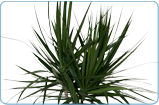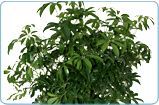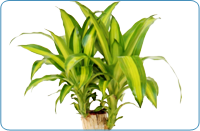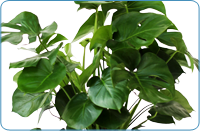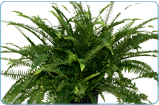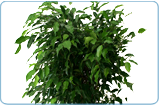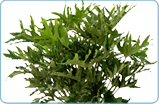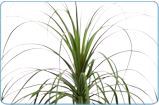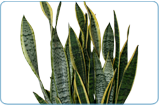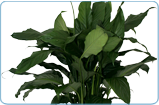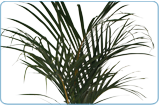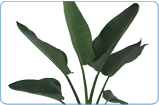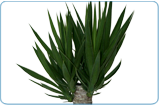Light
The Ficus Robusta prefers a moderate amount of bright light. Does best in areas where it is not exposed to direct sunlight.
Placement
Office, Bedroom, Diningroom, Livingroom, Patio
Water Habits
The Ficus Robusta requires moist well drained soil. Potting the plant in a situation where there is a reserve in the bottom will allow for proper drainage. Be careful not overwater this plant.
Temperature
The Ficus Robusta prefers warm Temperatures from 62-80°F (17-27°C)
Toxins Removed
Formaldehyde, Benzene
Did You Know ?
The Ficus elastica Robusta belongs to the ficus family which contains more than 100 species including the Fig Tree and the Banyan tree. Its common name is the Rubber plant as it was once considered a very important source of rubber in the region of Southern Asia until sometime in the late 19th century. This plant makes a great house plant because of its ability to do well with very little care.





